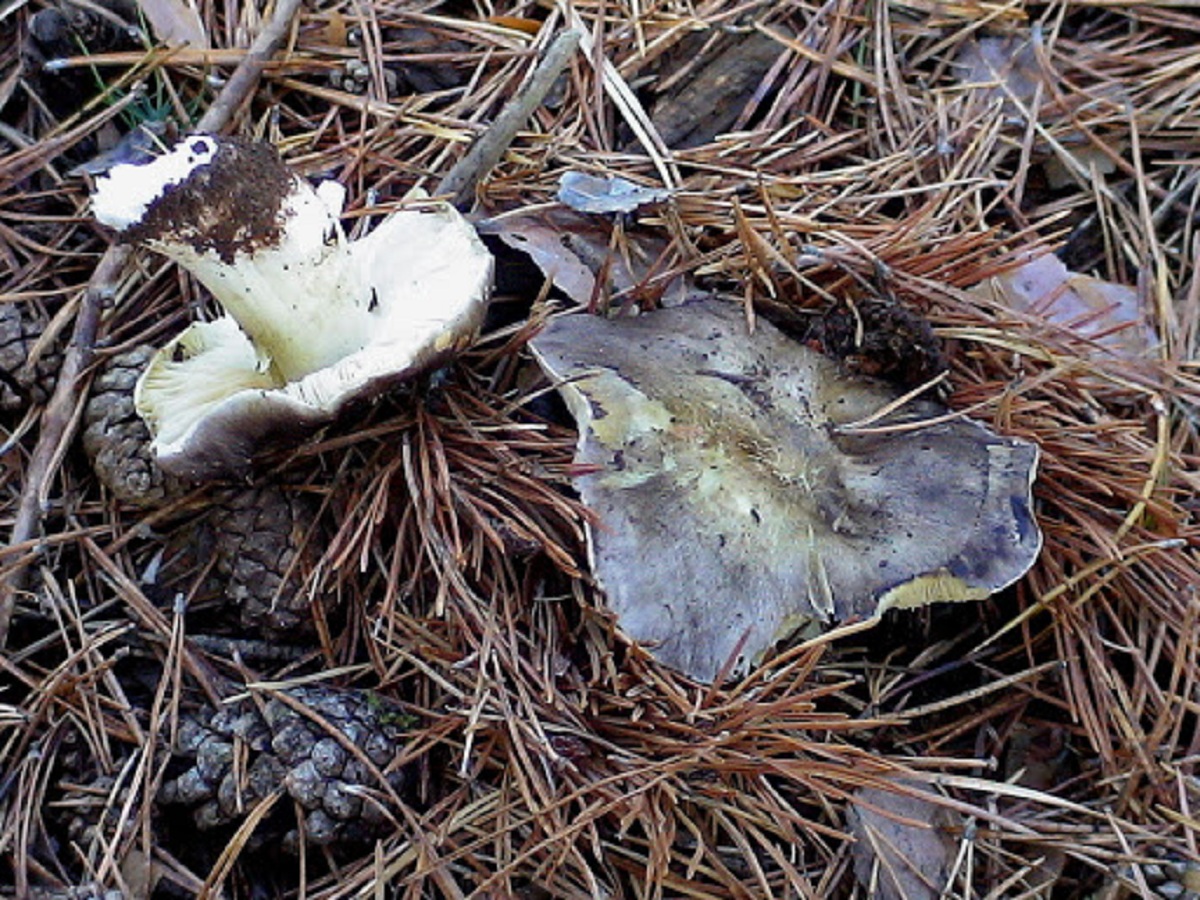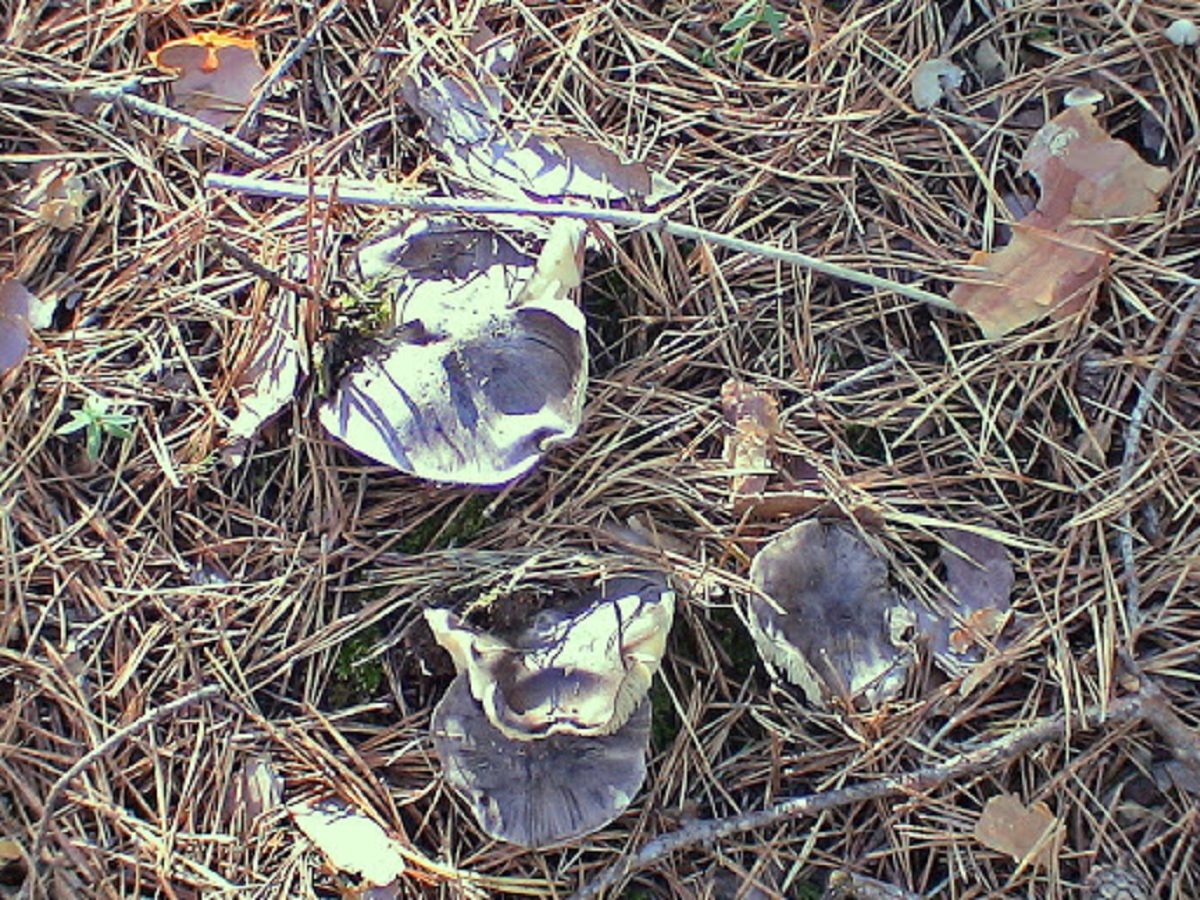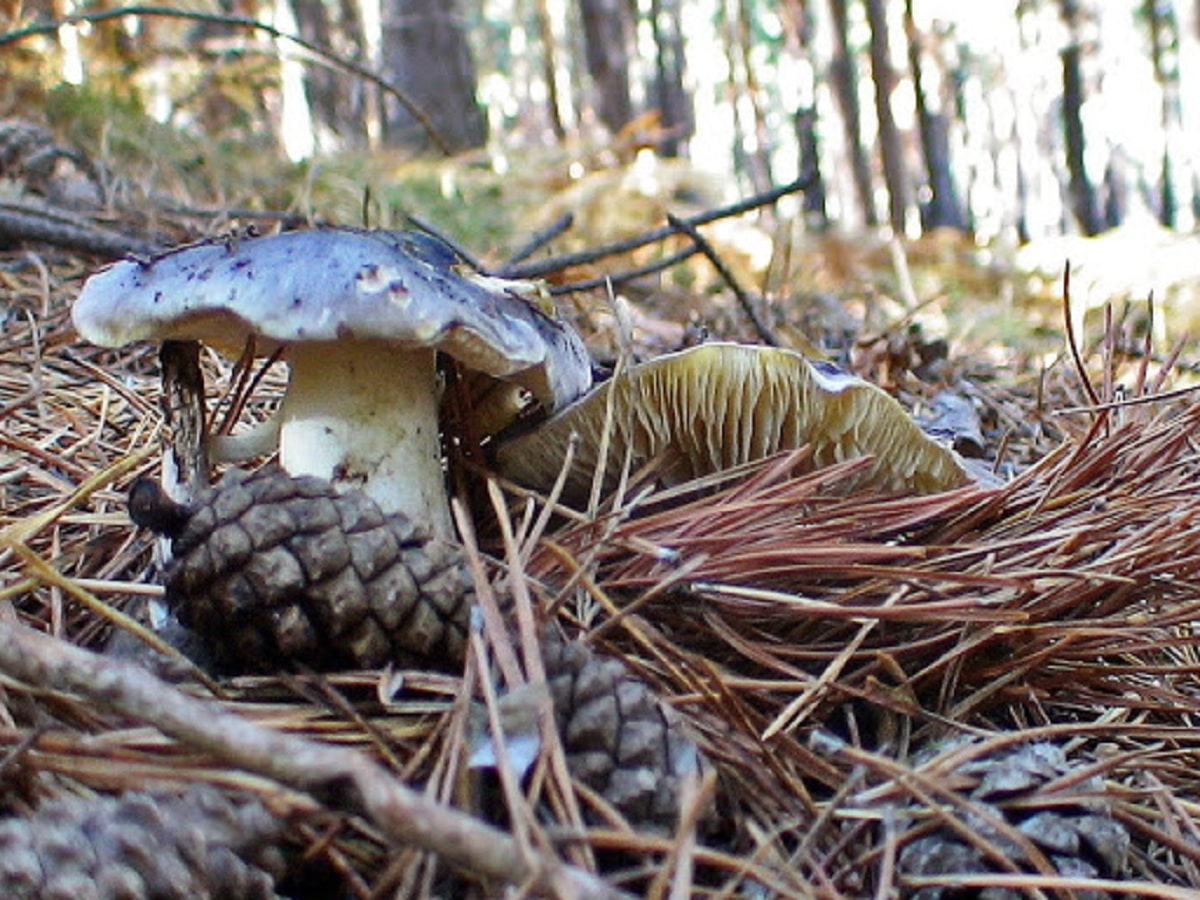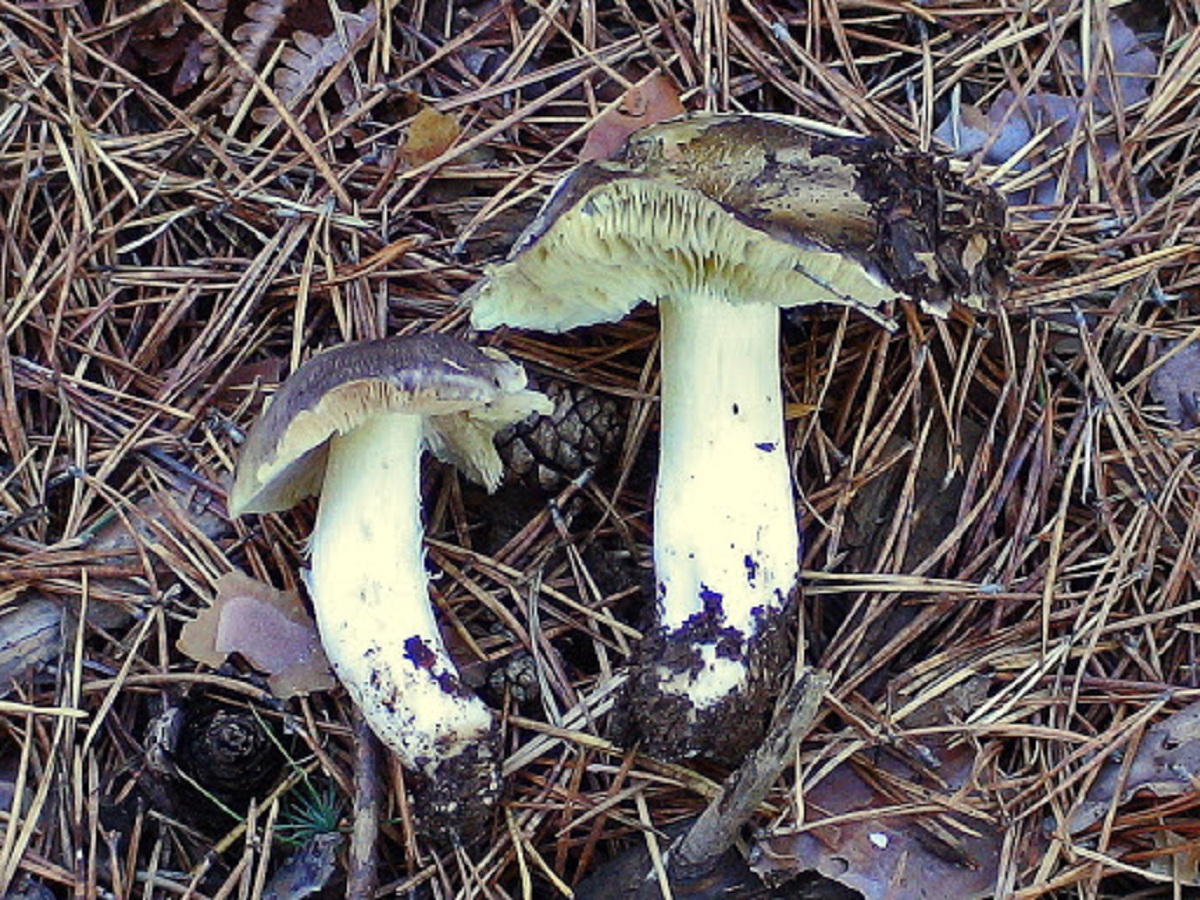
Today we bring the analysis of a type of mushroom that is considered an excellent edible but that has a large number of mushrooms that are very similar to it and that can lead to dangerous confusions. It's about the mushroom Tricholoma portentosum. It is known by the common name of nasturtium and is quite in demand in the world of mushroom gathering.
Therefore, we are going to dedicate this article to tell you all the characteristics, habitat and possible confusions of the Tricholoma portentosum.
Key features

Hat and foils
It is a type of mushroom whose hat It is normally between 5 and 15 centimeters in diameter. We can differentiate this type of hat with wide shapes depending on the degree of maturity of the mushroom. When the specimen is young, we see it with a conical and campanulate shape that evolves to the convex one as it develops. The individual who reaches the adult stage we can see that his hat is flat but always retaining a soft mamelon.
It has an easily separable cuticle from the meat and is dark greenish-gray in color with some yellowish reflections. Some of these characteristics alone that help then to be able to differentiate this mushroom from others that can become poisonous and dangerous chair we consume. Based on the color of the cuticle The radial fibrils can be seen with a dark violet gray color.
As the individual reaches adulthood, the colors of the cuticle become lighter, which also acquires a slightly viscous texture when the weather is humid. The brim of the hat is curved in youth, while maturity is acquiring an extended and strongly wavy shape.
Its blades are bounded by a tooth and lobed in type. They are unequal to each other and of the ventruded type. As they are quite fragile sheets, the inequality between these sheets is accentuated with age. They are not very tight between them and with age they separate significantly more. We can find in an adult fungus the blades spaced apart. Said plates have a very light grayish-white color with some yellow reflections that can be seen, above all, in adult specimens and in the upper part.
Pie and meat
As for the foot, it is cylindrical with a lateral and straight situation with a little fibrous appearance and with a length between 5 and 15 centimeters long and 2 centimeters in diameter. When the specimen is young, we find a foot that is completely full, but that will slightly hollow out during its growth. The color of the foot is white to a light grayish like the blades. It also has a very characteristic yellow reflection of this species. However, it is a rather difficult reflection to identify, so it is convenient that for the collection of this type of mushroom the collector is more expert or has experience in collecting this exclusive species.
The foot is usually found very buried and if they are extracted in their entirety it can be seen that it is a little radiant.
Finally, its flesh is white and somewhat grayish in adult specimens. It also has yellowish reflections and is fragile and delicate. Its flavor is sweet and with a floury but soft smell.
Habitat of the Tricholoma portentosum
This type of mushroom is found in abundance and grows in a gregarious or cestepitous way. On some occasions we can see that several specimens grow together with their feet joined. The time of growth and development is during the fall and early winter. The natural habitat is coniferous forests, although we can also find it in beech forests. In these ecosystems we find it with a lower proportion since they do not have the same environmental conditions for their development.
The advantage of this mushroom over others is that it can withstand frost as soon as possible and is a great edible that is harvested late. Until recently it was a despised type of mushroom in the kitchen. However the Tricholoma portentosum It has been considered an excellent edible mushroom and its collection is quite rewarding. This is because it is large in size and several specimens can be collected together, so the mushroom basket fills up quite quickly.
Since it is capable of increasing frost, it can freeze and thaw continuously during winter cycles. This makes its quality significantly improve in gastronomy. This is the reason why many fans of mushroom picking already know more about this in specimen and look for it once winter begins after some frosts.
Confusions of the Tricholoma portentosum

As we mentioned at the beginning of the article, it is a type of mushroom that has several possible confusions, and some of them are toxic. Therefore, to be able to collect this great edible, it is necessary to know well the fundamental aspects when it comes to differentiating between species. We are going to analyze the main confusions of the Tricholoma portentosum:
- Tricholoma josserandii: it is one of the mushroom species that has produced the most poisonings since it is confused with the Tricholoma portentosum. Their confusion is due to the fact that they look very similar but do not have the yellowish reflections of the foot that are characteristic of the nasturtium. As we have mentioned the characteristics, although this reflection is difficult to distinguish, it can become a great differentiator of species. The advantage that we do not confuse this fungus with the other is that it has a low abundance.
- Tricholoma virgatum: It has the shape of the hat much more conical and pointed and a silver color. It is rare that it becomes flat with age and has a sharp mamelon. All these are the main differences to be able to differentiate between copies. We can also differentiate what they believe that the foot is very long with respect to the pointed hat. They also have the tightest blades and we saw that in the Tricholoma portentosum not. It does not have the characteristic yellowish reflections of the foot of the nasturtium, finally, it has a very bitter taste and is not at all soft. It is slightly toxic, so if consumed by mistake it can cause gastrointestinal problems.
- Tricholoma sejuctum: The difference is that the hat is covered with yellowish or greenish fibrils on a blurred background of green or brown. Its sheets are stained white on the edge, passing through various shades of green. Its taste is bitter and it is possibly toxic. However, just because of its unpleasant taste it is not considered an edible.
I hope that with this information you can learn more about the Tricholoma portentosum.
